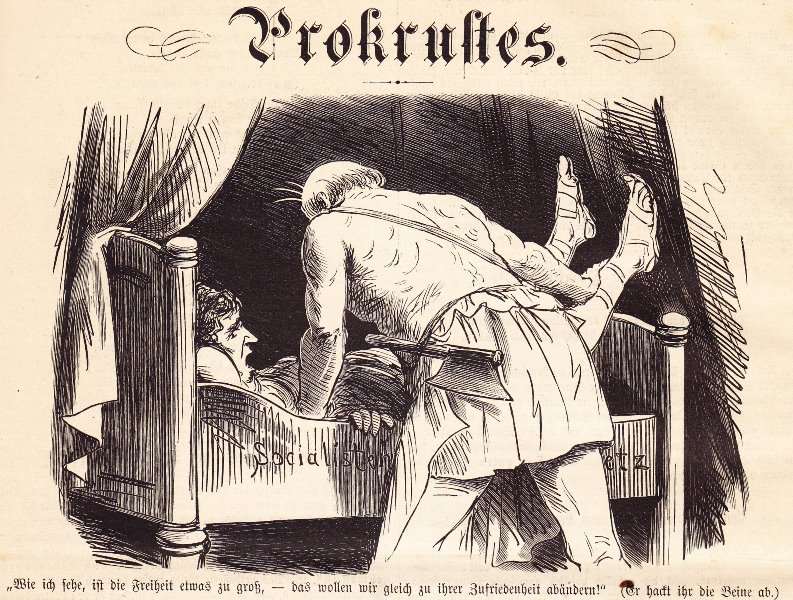As I noted at the end of Education’s Big Lie, Part I: Introduction, I have learned that we can think without words. However, in much of today’s world, particularly those parts of it touching the education enterprise, communicating without words is much more difficult, if not next to impossible. Although as the following giggleBites cartoon illustrates communicating with words can have its own drawbacks.

One thing that the above cartoon brought forcefully to my attention is that the expression “A picture is worth a thousand words” implies “words” are the basis of value. Pictures and ideas are valued in terms of words. Have you ever heard anyone ask how much of a picture does one word equal? In any exchange of objects of value using two different currencies, one of those currencies is considered dominant. The transaction is then conducted in that currency. In education, we tend to try to force the exchange of ideas in the currency of words. We almost never let pictures speak for themselves. We have to “explain them.”

If words are our basis for the exchange of ideas, then we must have a storehouse of words to express our ideas. Aphasia is an insidious deficiency in that it steals one’s words, the basis of exchange, but not the ideas, the real objects of value. Ideas are locked inside one’s head with no easy way to communicate them.
I have managed to deal with my aphasia because of the verbal proficiency that I built up over my 60-year love affair with words. The filing cabinets in my head are filled with words. After the TBI’s, I still had a treasure trove of words in my memory which I found I could access intermittently.

However, even with my experience and confidence with words, many times I felt words were playing “Hide and Seek” with me. Can you imagine how difficult it is for children who don’t have the same experience or comfort with words? The ideas are right there in front of the children, but they can’t find the words to express them. It’s like the “Where’s Waldo Game?” Waldo is hidden in plain sight. Let’s play “Where’s Waldo” with the dead leaf mantis in the following picture.

Having gone through my trials, I can empathize with children who must be completely bewildered when confronted with what must seem like nonsense to them. For the past eight years, it has been a constant, uphill battle for me to attempt to do the things that were second nature to me prior to the TBI’s. Even putting together these simple essays has been an exhausting task. At times, it has been an almost overwhelming chore. I have to visualize my thoughts. I must then translate those pictures into appropriate words and coherent sentences. The images that I intersperse in my posts represent the starting points of where I begin my thinking. Since I am retired, living on a fixed income, my drawing ability leaves much to be desired, I must find public domain or royalty free pictures which mirror the figures that I am seeing in my mind. I must then struggle to translate those images into words.
Where did our classrooms and education go astray? If we want to measure a child’s creativity, imagination, intelligence, curiosity, ingenuity, reasoning, and problem-solving I propose we go back and watch children play. The first picture that comes to my mind is the baby in a medical insurance television advertisement that rolls over from his back to his stomach. The baby then reaches for and grabs a soft, cloth ball. The baby then plays with the ball, feeling it, squeezing it and trying to taste it. The baby has no words to describe what he is doing. No words are spoken about what the baby is doing, but curiosity is clearly visible in the baby’s eyes and actions.
Give a one-year-old child a few crayons and the back of a paper placemat in a restaurant and watch creativity and imagination come to the fore. Give five-year-old children a new toy like a little red wagon and watch them play out interactive stories. Give six-year-old children a set of Legos and watch them build houses and monsters. Give seven-year-old children jigsaw puzzles and watch them develop problem-solving skills. In most of these situations, words are seldom to be found.




Since our society has dictated that our culture is passed along from generation to generation via the media of books and verbal stories, I realize that language, words, and verbal thinking must eventually come into play in education. However, I do not believe we must necessarily equate the mental characteristics of creativity, imagination, intelligence, curiosity, ingenuity, reasoning, and problem-solving with verbal thinking and verbal proficiency. I would argue that I am not alone in this position.
For more than 200 hundred years, the New York City Harbor was the first port of call for people and goods entering the United States on the east coast. It didn’t matter whether it was a military or civilian ship. It didn’t matter whether it was driven by wind or steam. It didn’t matter whether it was large or small. It headed for New York City first. For almost 1500 years, words have been the first port of call in the generation of ideas.

In a number of areas outside of education, words are not the first port of call for the devotees of certain pursuits. Additionally, there have been a few brave individuals in areas dominated by words that have taken the very courageous step of coming out of the shadows and admitting that they are visual thinkers. In my next post in this series, Education’s Big Lie, Part III: Visual Thinkers in the Spotlight, I highlight a number of these individuals.
















